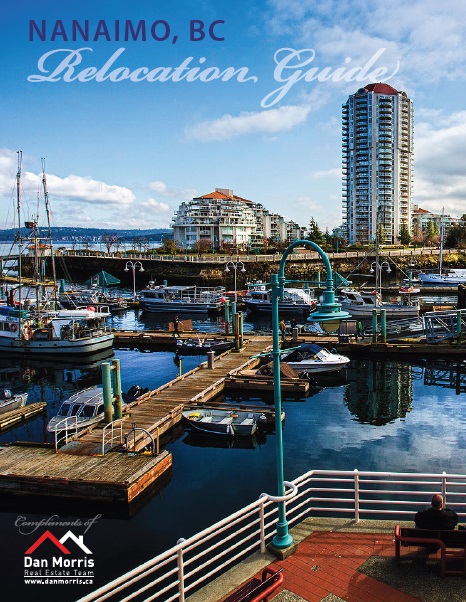

Every once and awhile news about an underground oil storage tank hits the news. When this happens it is typically due to an astronomical removal and remediation cost has occurred. Last week I took part in a information session about buried oil storage tanks put on by a company that has a locating service using ground penetrating radar. This Blog post will share some of the information I gathered from that seminar as well as my own experience.
Let's start with my own experience. In the summer of 2019 I was representing a first time buyer, and the house inspector noticed an unusual pipe sticking out of the ground beside the home. Near this pipe there was a Natural Gas meter and the home was heated by a Natural Gas force air furnace. This pipe was the hint that there could be a buried oil tank on the property. Now you are likely wondering "Why would anyone bury an oil tank?" as it just seems like a bad decision since things in the ground typically corrode. Oil tanks were commonly buried from the 1930's through to the 1980's due to their size, unsightliness as well as theft of oil. Unfortunately when the use of of buried oil tanks was abandoned the regulatory requirements at the time were to drain and fill them in with dirt (or sand). Many were just abandoned with oil left in them. In British Columbia, according to the BC Real Estate Association, the practice of burying oil tanks declined after 1957.
Over time the buried metal tanks corrode causing any oil in the tank to leak out into the ground. In areas where ground water levels fluctuate, corroded tanks would fill with water and wash the oil out into the surrounding soils. The biggest challenges occurred when old leaky tanks were still in use and seeped oil for years before being detected. To remove a buried oil tank is not overly expensive - typically under $5,000 - however, the required soil testing and removal of contaminated soil is what can get very costly.
Back to my own experience. Since there was suspicion of a buried oil tank we brought in a company to conduct a search for the tank. Using industrial grade metal detectors (this particular company didn't use ground penetrating radar) they determined that the tank was likely in the middle of the driveway. Once the sellers were made aware they hired a company to excavate and locate the tank.
Here's how it unfolded:
Buried oil tanks are very unsuspecting - who would think there was a buried tank in this driveway?

Here was the first clue:
Pipe on the left is a vent tube for an underground oil tank

Then they started digging:

The tank was pulled out - have a look and see if you can see the holes from the corroded metal tank:


The soil in the big hole was tested and the results showed that there was oil contamination.

So they dug and dug then tested again, then dug again until they ended up at the boundary of the property.

Luckily they found the end of the contamination before crossing the neighbors yard - had there still been contaminated soil the removal company would have been legally obligated to notify the Province of BC who then would have notified the neighbour. The neighbour then would have had to make the decision whether the removal would continue (at the sellers expense) into their property. This process continues until no more contamination was found.
The costs for this remediation multiplied quickly as each one of these containers filled with contaminated soil cost around $5,000 to dispose of.

This was in in 2019 and the costs likely have changed since then. If I recall correctly there were at least 10 of these containers removed.
Problems still remained once this material was all removed as the contamination went under the home as well. The remediation company injected oil digesting enzymes into the soil under the home, filled in the hole and then left the enzymes to do their work for 90 days before retesting. Once retested the soil passed the test and a few weeks later the sale completed.
I later heard that the cost of this remediation was around $80,000 (back in 1991 the same house sold for $92,500!). Unfortunately for the sellers, they had only bought the home 3 years prior and had nothing to do with the presence of the buried oil tank - they didn't even know it was there. In fact this home has changed hands 2 other times since 1991 with each other owner dodging a bullet without it being found.
This particular case is one of the luckier ones (imagine $80K being a lucky one) as one home on Stewart Ave a few years earlier hit into the 100's of thousands and I also heard about another in Vancouver that reached over $1 million dollars.
More information:
The Province of BC has some fact sheets that deal with Under ground oil storage tanks: Fact Sheet 32
The following Province of BC fact sheet pertains to dealing with contaminated soil: Fact Sheet 41
The City of Vancouver has some information on their website for dealing with under ground oil storage tanks: Underground Oil Storage Tank Removal
The City of Victoria also has a resource that has some helpful information: Residential Undergound Oil Storage Tanks
My Advice to You
So how do you protect yourself? If you are buying a home on a property that had a home on it pre 1980's and there is (or was) forced air heating there is a good chance that it could have had oil heat and therefore an oil tank. From the 1960's forward the majority of installations used above ground oil storage tanks - however, to save from the expense and headache it's worth having a scan performed. The cost is typically around $500 but considering the removal of a non-leaked tank of $5,000 it would be better to know that you are acquiring more than you bargained for!
Keep in mind that when underground oil storage tanks were decommissioned long ago the common practice was to remove the filler pipe and the vent pipe - therefore the lack of a finding a vent or fill tube does not mean there isn't a tank buried below. The only way to find out is to have the ground scanned by someone who is trained and knows what to look for. Also keep in mind that when when a subject free offer is made on a home without doing proper due diligence you will be taking on the risk of having to deal with situations described here. There are real risks when buying real estate - take the right steps to ensure that you are doing your due diligence.
Got Questions? Thinking of buying a property? Have a property to sell? We would be happy to help you - give the Dan Morris Real Estate Team a call at 250-756-1132.



